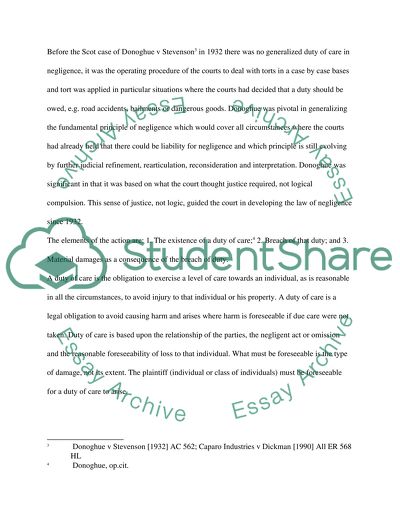Cite this document
(“Public Policy: Impose Duty Of Care In Negligence Essay”, n.d.)
Public Policy: Impose Duty Of Care In Negligence Essay. Retrieved from https://studentshare.org/law/1512580-public-policy-master-essay
Public Policy: Impose Duty Of Care In Negligence Essay. Retrieved from https://studentshare.org/law/1512580-public-policy-master-essay
(Public Policy: Impose Duty Of Care In Negligence Essay)
Public Policy: Impose Duty Of Care In Negligence Essay. https://studentshare.org/law/1512580-public-policy-master-essay.
Public Policy: Impose Duty Of Care In Negligence Essay. https://studentshare.org/law/1512580-public-policy-master-essay.
“Public Policy: Impose Duty Of Care In Negligence Essay”, n.d. https://studentshare.org/law/1512580-public-policy-master-essay.


